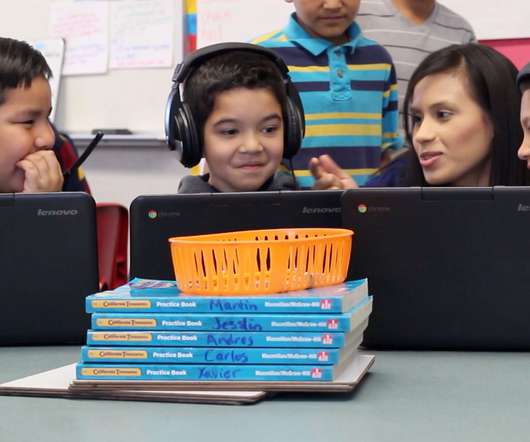What do at-risk students, English language learners and adult college students have in common?
The Hechinger Report
APRIL 8, 2018
In the classroom, computer-based programs can give students additional support as they work to master the vocabulary and mechanics of English. STUDENT-CENTERED LEARNING Another term for personalized learning, but tending to emphasize the needs of individual students rather than the goals of the teacher, school or district.














Let's personalize your content